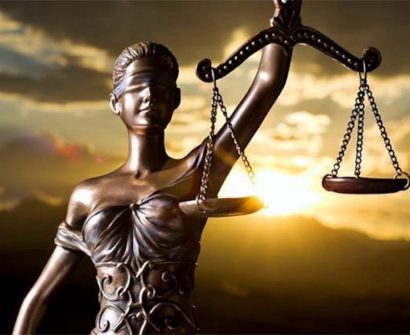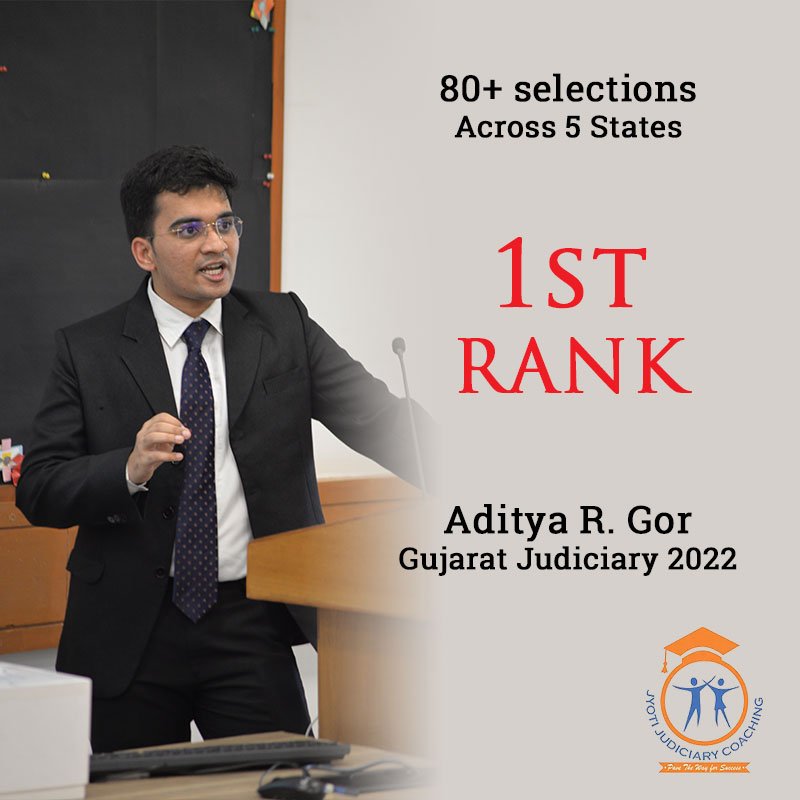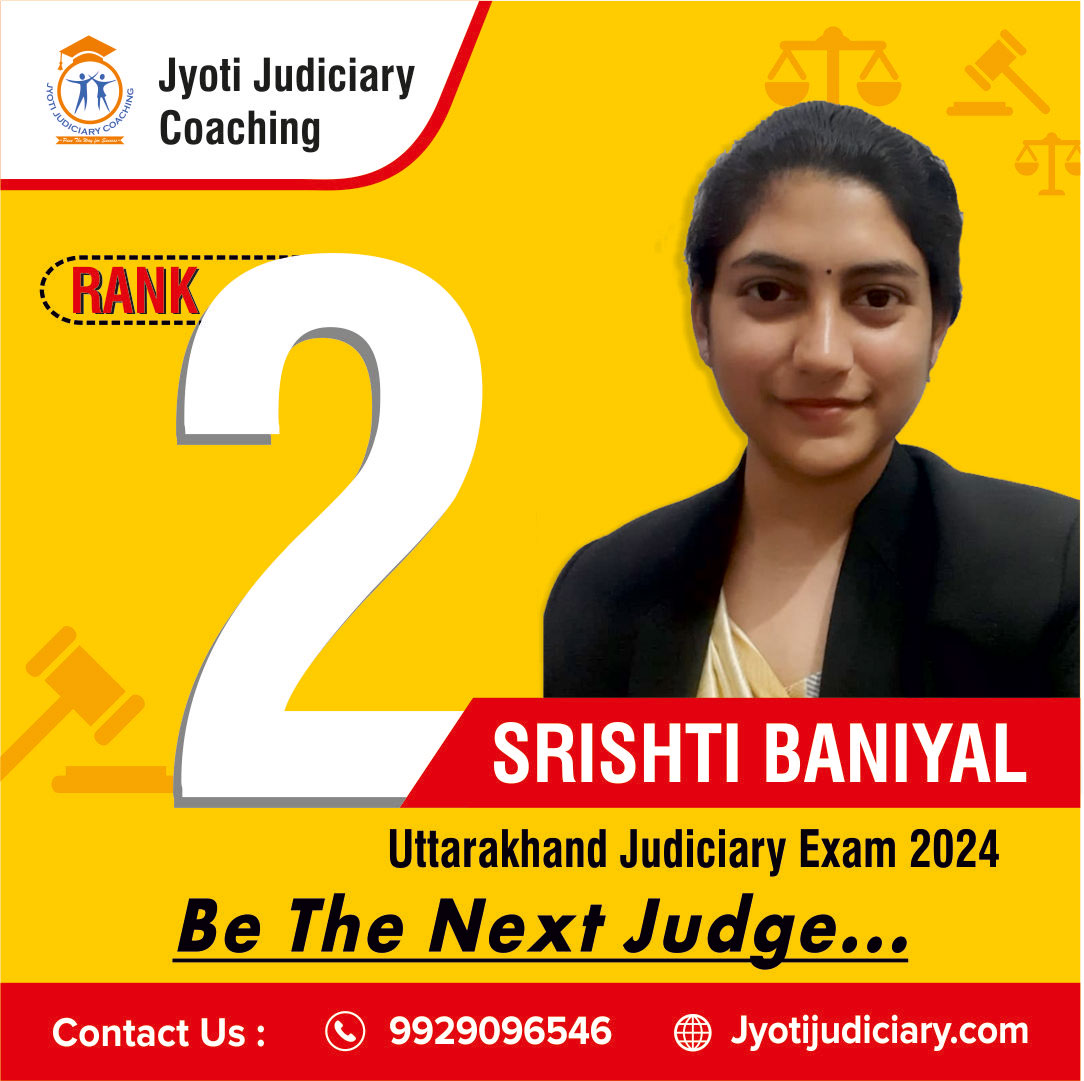
One of the key rulings in Indian legal history is the case of ar antulay vs rs nayak & Anr. (1988), which established that corruption matters tried by a Special Court could not be referred to a High Court judge for a hearing. The Indian Supreme Court felt confident that justice had been served in spite of a lot of criticism. This in turn led a number of legal professors to argue that human foresight was impeding the development of the law.
ar antulay vs rs nayak Case Facts
- In this case, the Bhartiya Janta Party member filed a complaint against the Chief Minister of Maharashtra, who was the respondent.
- The member asked the state’s governor for permission to file a lawsuit against the respondent.
- In accordance with section 167 of the code of criminal procedure 1973 and section 6 of the prevention of corruption act 1947 (PCA).
- The petitioner filed a second complaint against the respondent with the Additional Metropolitan Magistrate in Bombay.
- Based on Indian Penal Code, 1860, Sections 161, 165, 384, and 420, as well as Section 5 of PCA, 1947.
- The magistrate, however, denied the application since it did not have the necessary authorization for prosecution.
- The appeal was dismissed as a result of a modification that the applicant made with the Bombay High Court.
- In 1882, the respondent tendered his resignation from his position.
- The State appealed the High Court’s decision, which was also denied, by filing a special leave petition with the Supreme Court.
- A special judge bench was established by the High Court after a new complaint including additional charges was filed against the defendant.
- The Special Judge issued a procedure.
- Three special judges were appointed to hear the case after the respondent objected to the application on the grounds of jurisdiction. The objection was later overruled by the court.
- On the day the order against the State was passed, the Governor granted the sanction.
- The defendant was dismissed by the Special Judge on the grounds that, even in the event of his resignation as Minister, he remains an MLA and the Maharashtra Legislative Assembly retains the ability to provide approval.
- Since the MLA works for the government, no legal action may be taken against him without permission.
- A constitutional appeal was launched under Article 136 against the special judge’s ruling.
ar antulay vs rs nayak Issues
- Whether or not the MLA works for the government?
- Is the Governor qualified to approve the prosecution of an MLA, regardless of whether the MLA works for the government?
- Is it possible for the Supreme Court to move the special judge case?
ar antulay vs rs nayak: Provisions Involved
- The appellant argued that their right to a trial by Special Judge under Section 7(1) of the Criminal Law (Amendment) Act, 1952, and their right to be treated equally in court had been violated, as well as Articles 13, 14, 21, and 32 of the Indian Constitution.
- The Criminal Procedure Code of 1973 contains Sections 374, 406, and 407 that provide anyone convicted after a trial the opportunity to appeal to the Supreme Court. These sections also grant the Supreme Court and High Court the authority to transfer cases in specific situations. Additionally, the appellants cited this to support their position.
- The Indian Penal Code, 1860 (now repealed) contained sections 161 and 165 that prohibited public servants from accepting compensation from the general public beyond what the government provides and from taking valuable items without due process. These sections treated the aforementioned offenses as cognizable and non-bailable.
- The Criminal Law (Amendment) Act, 1952, namely sections 6 and 7, gave the state government the authority to choose as many Special Judges as the law required.
- The Prevention of Corruption Act, 1947 (previously known as the Prevention of Corruption Act, 1988) stipulated in Sections 5 and 6 that a public servant could be punished for engaging in criminal activity while carrying out his official duties and that prior approval would be required before any public servant could be prosecuted.
Contentions by the Parties
Petitioner:
- According to the appellant counsel, the petitioner’s fundamental rights guaranteed by article 14 of the indian constitution were violated since he was not treated equally and was not given the chance to present any arguments before the court.
- The petitioner cited Article 21 of the Constitution as his fundamental right to a Special Judge trial.
- The party argued that there had been a violation of the fundamental rules governing the administration of justice, namely that no man should be harmed by the judicial system or suffer an injustice as a result of a technical procedural error.
- The petitioner also brought up the fact that he had lost two significant rights: the ability to move the Supreme Court according to article 136 of the indian constitution and the right of revision to the High Court under Section 9 of the Criminal Law Amendment Act of 1952.
Respondent:
- The defendant contended that the Bombay High Court could, under proper circumstances, withdraw the case from the Special Judge by the Criminal Law Amendment Act, 1952, by Section 407 of the Criminal Procedure Code, 1973.
- It is inappropriate, according to the respondent’s counsel, for the case to be transferred without giving the petitioner a chance to submit his pleadings. Before the order had been authorized or after the instructions were delivered, the plaintiff had the opportunity to submit his claims via legal representation. Consequently, it is not unlawful, and the petitioner is the one who lost out on the chance.
- They declared that the jurisdiction did lie with the superior court. Unless the court has acted coram non judice, it cannot be held accountable for such accusations.
ar antulay vs rs nayak Judgment
- It was noted by the five-judge bench that an MLA is not a public servant.
- The MLA is not covered by section 21 of the ipc and does not receive payment from the government.
- Since the respondent resigned from his position as Chief Minister, the case was brought to light, and he is no longer considered a public servant.
- The relevant authority in the present case is not made apparent when it comes to sanctioning prosecution.
- Suo moto, the Supreme Court withdrew the matter from the special judge and sent it to the High Court for resolution of the respondent’s discharge incident.
ar antulay vs rs nayak: Viewpoints of the Constitution
- Since our democracy is built on the rule of law, we require an impartial judiciary and judges who are able to make decisions independently of the political climate. The executive and legislative branches of government, among others, must refrain from impeding the judiciary’s capacity to administer justice.
- Judges have to be free to perform their jobs without fear of favouritism or retaliation. The main goal of judicial independence is the ability of judges to make decisions about cases solely on the basis of the law, unaffected by outside factors.
- As the Hon’ble Supreme Court noted in the 1962 case of S.P. Gupta v. Union of India, the independence of the judiciary as well as the rule of law are fundamental features of the Constitution that cannot be altered, even though the Indian Constitution lacks a clear provision regarding the separation of powers.
- The independence of the judiciary, or its separation from the government’s executive branch, is expressly mentioned in Article 50 of the Indian Constitution.
- In a parliamentary system of government, distinct branches perform distinct functions, although the executive and legislative branches are rarely distinguishable from one another. When comparing this point of view to the current case, it’s fascinating to see that judicial independence does not apply to the determination of jurisdiction.
- This is due to the fact that judicial independence does not imply the removal of legislative authority; rather, it denotes the interpretation of legislatively enacted laws in a way that makes them understandable to the average person. The court cannot therefore establish its own jurisdiction, even though it is meant to be independent of the other two branches of the Indian government.
ar antulay vs rs nayak: Significance of the Case
- The Supreme Court stated that it lacks the authority to transfer cases from the Special Court to the High Court suo moto in order to expedite the trial process.
- A key concept about government fund management has been established by this case, subject to accountability, openness, and other constitutional requirements.
- The Court also emphasized the established principles of the rule of law and separation of powers under the Indian Constitution by pointing out that the legislature, not the executive, is in charge of managing public monies.
- The verdict has brought about a great deal of change in the Indian political system and allowed government officials to examine the finances more closely.
- Both good administration and constitutional jurisprudence have grown as a result of the ruling.
- The Court further decided that, for the purposes of Article 12 of the Indian Constitution, courts are only considered to be part of the “State” while they are carrying out non-judicial duties and not when they are carrying out judicial duties.
With the goal of giving students the best coaching available for law entrance exams including the CLAT, AILET, and various other numerous state judiciary exams, Jyoti Judiciary Coaching, India’s Finest educational Platform, was established. Come enrol now with Jyoti Judiciary!
For any latest news, legal topics, judiciary exams notifications, patterns, etc watch Jyoti Judiciary’s YouTube channel for legal videos for any updates at https://youtube.com/@jyotijudiciarycoaching4852?si=2cwubh9d2A9urwJf








